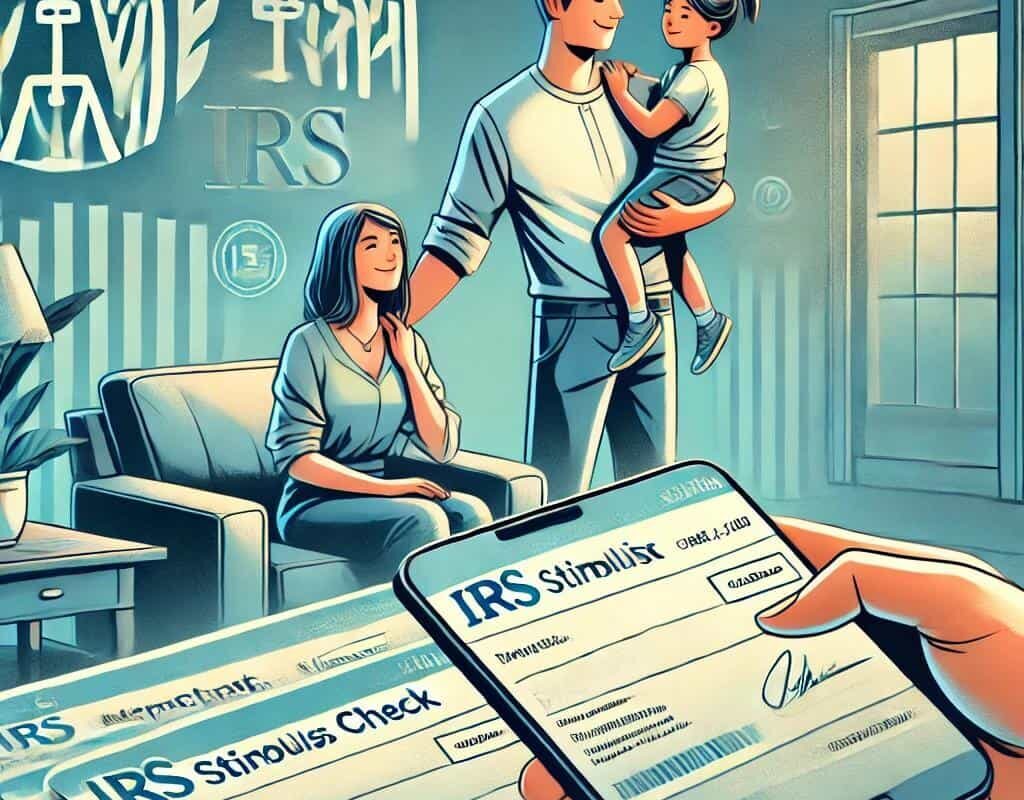What You Need to Know ?

The Internal Revenue Service (IRS) has issued multiple rounds of stimulus checks since 2020 to provide financial relief to Americans during economic disruptions. These payments, officially known as Economic Impact Payments (EIPs), aim to support individuals and families, boost consumer spending, and stabilize the economy.
Here’s an overview of IRS stimulus checks, including eligibility, amounts, and key details.
Key Features of IRS Stimulus Checks
Feature |
Details |
|---|---|
| Purpose | Financial relief during economic hardships, including the COVID-19 pandemic |
| Eligibility | Based on adjusted gross income (AGI), filing status, and number of dependents |
| Amount | Varies by income level; maximum for individuals and families is set by each round of checks |
| Delivery Methods | Direct deposit, paper check, or prepaid debit card |
| Taxable? | No; stimulus payments are not considered taxable income |
| Rebate Credit | Any missing payments can be claimed through the Recovery Rebate Credit on tax returns |
| Dependents Covered | Payments may include additional amounts for eligible dependents |
Eligibility Requirements
The eligibility criteria for stimulus checks differ slightly between rounds but generally include the following:
-
Income Limits:
- Full payments are provided to individuals earning up to $75,000 annually (or $150,000 for joint filers). Payments phase out above these limits.
-
Filing Status:
- Single, married filing jointly, head of household, and qualifying widow(er) filing statuses are considered.
-
Dependent Qualifications:
- Payments may include an additional amount for each dependent, typically under the age of 17 in earlier rounds, or all dependents regardless of age in later rounds.
-
Citizenship/Residency:
- Must be a U.S. citizen, permanent resident, or qualifying resident alien.
Payment Amounts by Round
| Round | Maximum Payment (Individual) | Maximum Payment (Joint Filers) | Additional Amount per Dependent |
|---|---|---|---|
| First Round (2020) | $1,200 | $2,400 | $500 |
| Second Round (2020) | $600 | $1,200 | $600 |
| Third Round (2021) | $1,400 | $2,800 | $1,400 |
How to Track Your Payment
The IRS provides tools like “Get My Payment” on its official website https://www.irs.gov to help taxpayers track the status of their stimulus checks. Additionally, individuals who did not receive their full payments can claim the missing amounts through the Recovery Rebate Credit when filing their federal tax returns.
Tips to Ensure Prompt Payment
- File Taxes On Time: Ensure that your tax information is up-to-date with the IRS.
- Provide Direct Deposit Information: This is the fastest way to receive payments.
- Monitor IRS Updates: Stay informed about new legislation or payment rounds.
- Verify Eligibility: Use IRS tools to confirm your qualifications and payment status.


